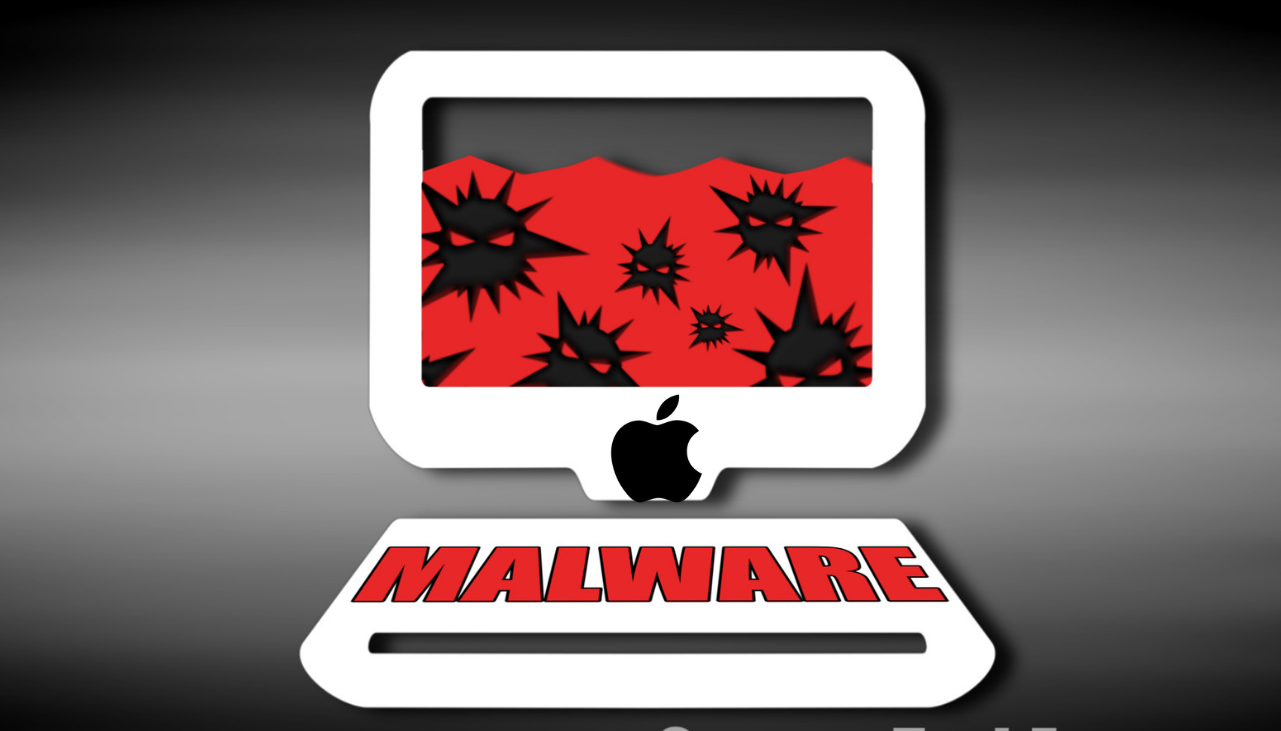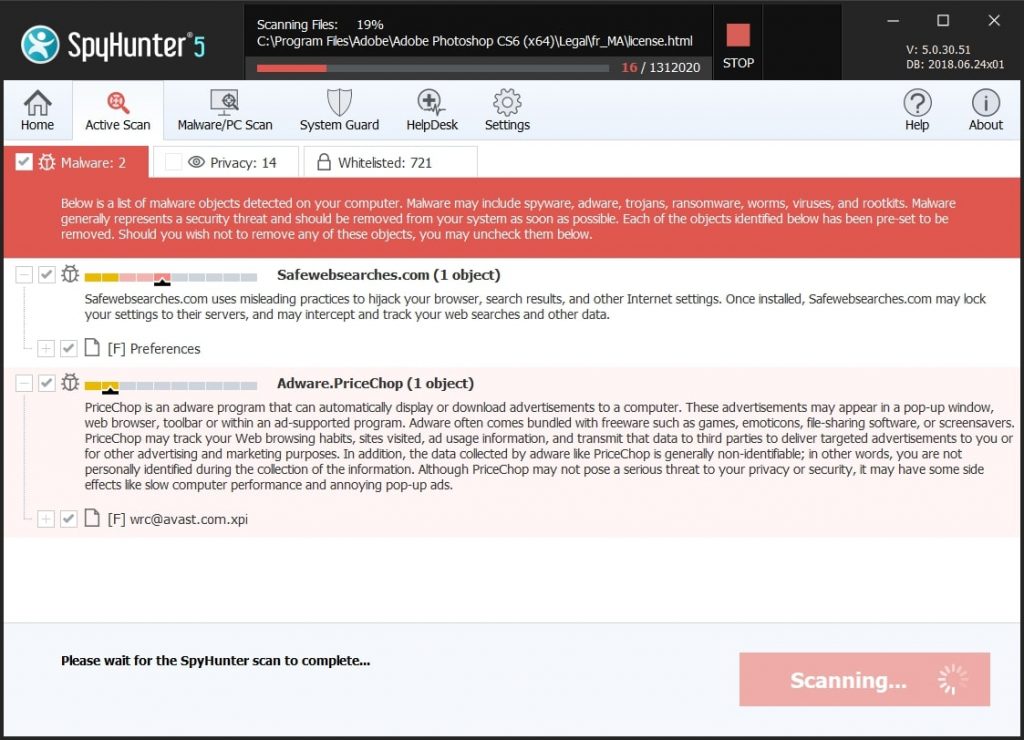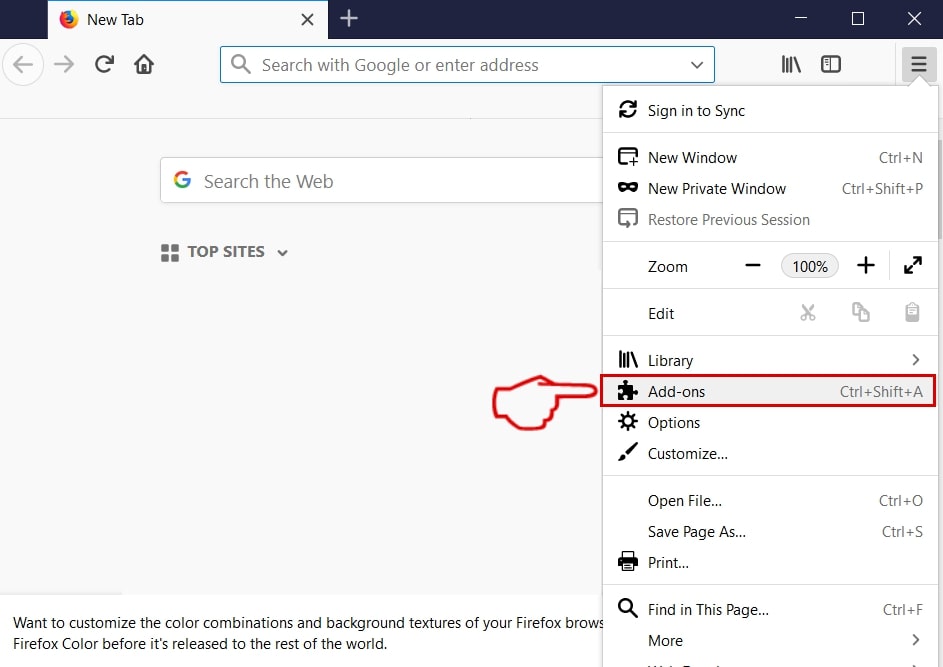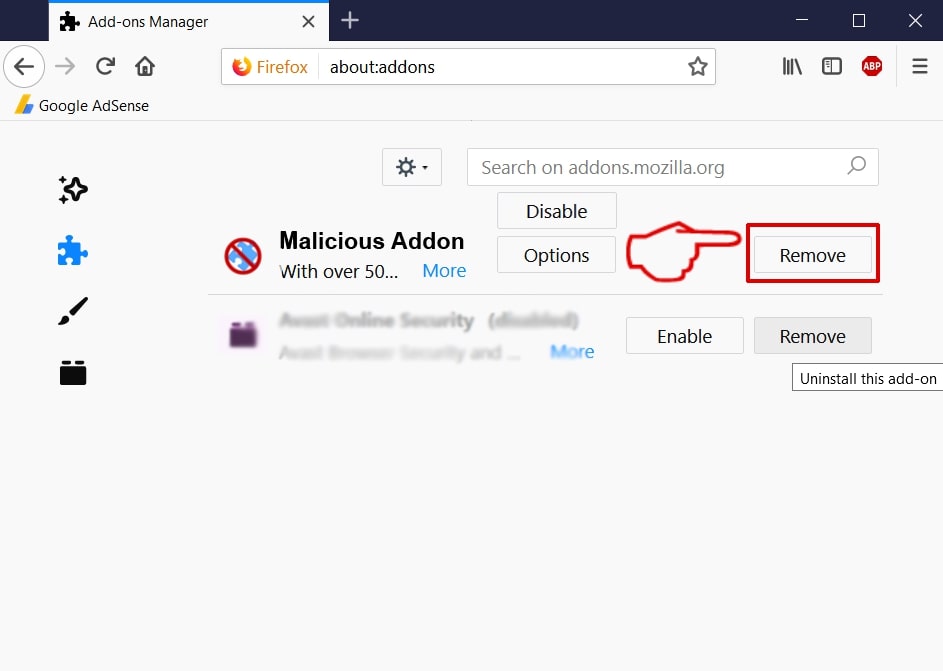The article will help you to remove TurboMac Mac OS X PUP fully. Follow the browser hijacker removal instructions given at the end of the article.
TurboMac Mac OS X PUP is a virus threat that can can cause malicious actions to the infected systems. Our in-depth removal article shows how the threat behaves and how victim users can remove active infections.

Threat Summary
| Name | TurboMac |
| Type | Adware with redirect scripts |
| Short Description | A dangerous infection that will lead to pop-ups generation and can execute different malicious actions. |
| Symptoms | Victims may experience system performance issues and will see ads and other obtrusive scripts. |
| Distribution Method | Bundled downloads, malicious scripts and other methods. |
| Detection Tool |
See If Your System Has Been Affected by malware
Download
SpyHunter
|
User Experience | Join Our Forum to Discuss TurboMac. |
TurboMac Mac OS X PUP – How Did I Get It
The infection can be acquired by running into any one of the popular distribution methods. A main method is the coordination of phishing SCAM messages that are sent in bulk to the targets. The PUP setup file may be attached directly or linked in the body contents. The messages themselves are designed as usual notifications that have been sent by popular Internet services or sites that the users might use.
The criminals can use fake download sites that represent malicious doubles of legitimate download portals and the vendor software pages. To drive traffic to them the hackers can use various scripts such as in-line links, JavaScript code, pop-ups, banners and ads.
Many of the infections can be caused by installing a malicious payload. There are two main types that are popular with criminals:
- Infected Documents — All popular document types can be modified to include scripts (macros) that can lead to the virus infection — rich text documents, spreadsheets, presentations and databases. Once they are opened by the users a prompt will appear asking them to enable the built-in macros. If this is done the virus infection will follow.
- Application Installers — The malicious scripts can also be included in setup files for popular end-user software. The hackers take the legitimate files from the official vendor sites and modify them with the appropriate virus installation code. They are then distributed using one of the above-mentioned methods.
In certain situations the hackers can use malicious web browser plugins — they are dangerous extensions made for the most popular web browsers. They are often uploaded to the associated repositories with fake user reviews and developer credentials. Their typical behavior is to manipulate the target browsers into redirecting to a specified address. Following this the TurboMac Mac OS X PUP will be installed.
TurboMac Mac OS X PUP – More Information
The TurboMac Mac OS X PUP is a typical case of a malicious instance that infects users on a global scale. Its main goal is to modify the installed web browsers into displaying ads, scripts, banners and other content which includes intrusive contents. This is done because the hacker operators will receive income based on the user interaction. When the ads are displayed in such a way the users will have no way of countering this behavior. Furthermore the built-in commands can redirect the users to the ads. As the attacks usually originate from the web browsers the hackers can also retrieve all stored content: cookies, bookmarks, settings, form data and account credentials.
There is also the possibility to install cryptocurrency miners to the infected hosts. They will make use of the available system resources in order to carry out complex calculations. When the reports of the successful operations are received by the respective user digital currency in the form of Bitcoin or some of its alternatives (for example Monero) will be automatically credited to the hacker’s wallets.
Many of the adware malware such as this one can also launch a data information module configured to extract data that can be categorized into two main groups:
- Personal Data — The TurboMac Mac OS X PUP can automatically look for strings that can expose the identity of the users: name, address, phone number, location, interests and any stored account credentials.
- Campaign Metrics — The other data type is used by the hackers to optimize the attacks. It is usually made by collecting a report on the installed hardware components together with certain user settings and operating system values.
If configured so the TurboMac Mac OS X PUP can lead to a Trojan infection — the built-in code will connect to a hacker-controlled server and report the compromised host. This also allows the criminals to take over control of the hosts, steal their files and spy on the users.
Many malware Mac OS apps are instituted to the hosts as persistent threats — this means that the threat will automatically launch once the computer is powered on. It may also interfere with the ordinary execution of system services and user-installed applications. An additional problem is the creation of additional files following the apps’s removal. If the setup file is instructed to do so it may place auxiliary data which will be retained following the deletion of the main app. These files can contain engines of their own and carry out malicious actions.
Remove TurboMac Mac OS X PUP 2018 PUP
If you want to remove the TurboMac Mac OS X PUP unwanted software from your Mac machine we recommend that you use a specific anti-malware for Mac machines. The main goal of such a program is to scan your machine and terminate the files with malicious behavior and also clean up any malicious code in your repositories. In addition, with a specific anti-malware program, your computer will remain with a better protection and stay healthy performance-wise in the future.
Steps to Prepare Before Removal:
Before starting to follow the steps below, be advised that you should first do the following preparations:
- Backup your files in case the worst happens.
- Make sure to have a device with these instructions on standy.
- Arm yourself with patience.
- 1. Scan for Mac Malware
- 2. Uninstall Risky Apps
- 3. Clean Your Browsers
Step 1: Scan for and remove TurboMac files from your Mac
When you are facing problems on your Mac as a result of unwanted scripts and programs such as TurboMac, the recommended way of eliminating the threat is by using an anti-malware program. SpyHunter for Mac offers advanced security features along with other modules that will improve your Mac’s security and protect it in the future.

Quick and Easy Mac Malware Video Removal Guide
Bonus Step: How to Make Your Mac Run Faster?
Mac machines maintain probably the fastest operating system out there. Still, Macs do become slow and sluggish sometimes. The video guide below examines all of the possible problems that may lead to your Mac being slower than usual as well as all of the steps that can help you to speed up your Mac.
Step 2: Uninstall TurboMac and remove related files and objects
1. Hit the ⇧+⌘+U keys to open Utilities. Another way is to click on “Go” and then click “Utilities”, like the image below shows:

2. Find Activity Monitor and double-click it:

3. In the Activity Monitor look for any suspicious processes, belonging or related to TurboMac:


4. Click on the "Go" button again, but this time select Applications. Another way is with the ⇧+⌘+A buttons.
5. In the Applications menu, look for any suspicious app or an app with a name, similar or identical to TurboMac. If you find it, right-click on the app and select “Move to Trash”.

6. Select Accounts, after which click on the Login Items preference. Your Mac will then show you a list of items that start automatically when you log in. Look for any suspicious apps identical or similar to TurboMac. Check the app you want to stop from running automatically and then select on the Minus (“-“) icon to hide it.
7. Remove any leftover files that might be related to this threat manually by following the sub-steps below:
- Go to Finder.
- In the search bar type the name of the app that you want to remove.
- Above the search bar change the two drop down menus to “System Files” and “Are Included” so that you can see all of the files associated with the application you want to remove. Bear in mind that some of the files may not be related to the app so be very careful which files you delete.
- If all of the files are related, hold the ⌘+A buttons to select them and then drive them to “Trash”.
In case you cannot remove TurboMac via Step 1 above:
In case you cannot find the virus files and objects in your Applications or other places we have shown above, you can manually look for them in the Libraries of your Mac. But before doing this, please read the disclaimer below:
1. Click on "Go" and Then "Go to Folder" as shown underneath:

2. Type in "/Library/LauchAgents/" and click Ok:

3. Delete all of the virus files that have similar or the same name as TurboMac. If you believe there is no such file, do not delete anything.

You can repeat the same procedure with the following other Library directories:
→ ~/Library/LaunchAgents
/Library/LaunchDaemons
Tip: ~ is there on purpose, because it leads to more LaunchAgents.
Step 3: Remove TurboMac – related extensions from Safari / Chrome / Firefox









TurboMac-FAQ
What is TurboMac on your Mac?
The TurboMac threat is probably a potentially unwanted app. There is also a chance it could be related to Mac malware. If so, such apps tend to slow your Mac down significantly and display advertisements. They could also use cookies and other trackers to obtain browsing information from the installed web browsers on your Mac.
Can Macs Get Viruses?
Yes. As much as any other device, Apple computers do get malware. Apple devices may not be a frequent target by malware authors, but rest assured that almost all of the Apple devices can become infected with a threat.
What Types of Mac Threats Are There?
According to most malware researchers and cyber-security experts, the types of threats that can currently infect your Mac can be rogue antivirus programs, adware or hijackers (PUPs), Trojan horses, ransomware and crypto-miner malware.
What To Do If I Have a Mac Virus, Like TurboMac?
Do not panic! You can easily get rid of most Mac threats by firstly isolating them and then removing them. One recommended way to do that is by using a reputable malware removal software that can take care of the removal automatically for you.
There are many Mac anti-malware apps out there that you can choose from. SpyHunter for Mac is one of the reccomended Mac anti-malware apps, that can scan for free and detect any viruses. This saves time for manual removal that you would otherwise have to do.
How to Secure My Data from TurboMac?
With few simple actions. First and foremost, it is imperative that you follow these steps:
Step 1: Find a safe computer and connect it to another network, not the one that your Mac was infected in.
Step 2: Change all of your passwords, starting from your e-mail passwords.
Step 3: Enable two-factor authentication for protection of your important accounts.
Step 4: Call your bank to change your credit card details (secret code, etc.) if you have saved your credit card for online shopping or have done online activiites with your card.
Step 5: Make sure to call your ISP (Internet provider or carrier) and ask them to change your IP address.
Step 6: Change your Wi-Fi password.
Step 7: (Optional): Make sure to scan all of the devices connected to your network for viruses and repeat these steps for them if they are affected.
Step 8: Install anti-malware software with real-time protection on every device you have.
Step 9: Try not to download software from sites you know nothing about and stay away from low-reputation websites in general.
If you follow these reccomendations, your network and Apple devices will become significantly more safe against any threats or information invasive software and be virus free and protected in the future too.
More tips you can find on our MacOS Virus section, where you can also ask any questions and comment about your Mac problems.
About the TurboMac Research
The content we publish on SensorsTechForum.com, this TurboMac how-to removal guide included, is the outcome of extensive research, hard work and our team’s devotion to help you remove the specific macOS issue.
How did we conduct the research on TurboMac?
Please note that our research is based on an independent investigation. We are in contact with independent security researchers, thanks to which we receive daily updates on the latest malware definitions, including the various types of Mac threats, especially adware and potentially unwanted apps (PUAs).
Furthermore, the research behind the TurboMac threat is backed with VirusTotal.
To better understand the threat posed by Mac malware, please refer to the following articles which provide knowledgeable details.













